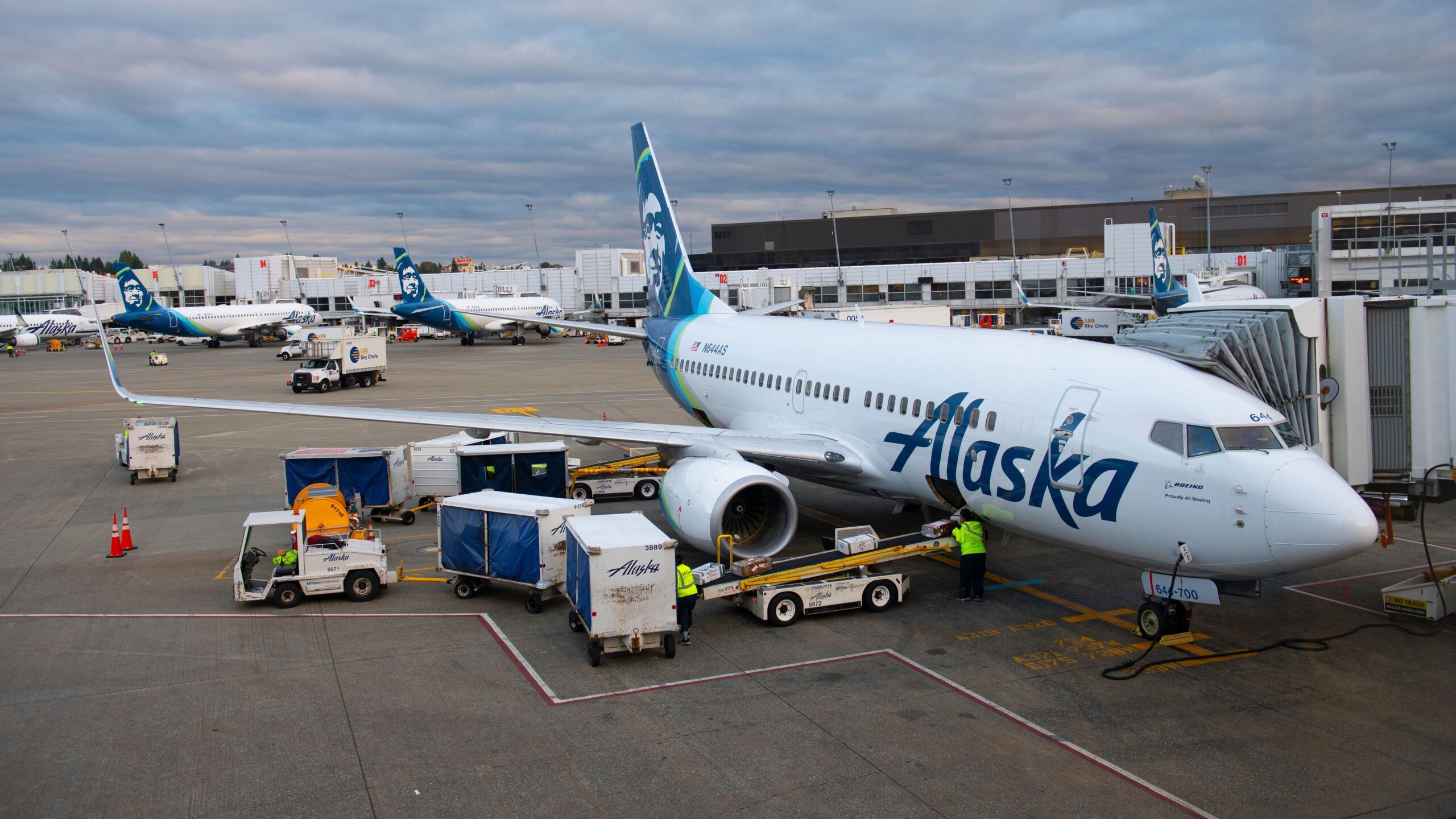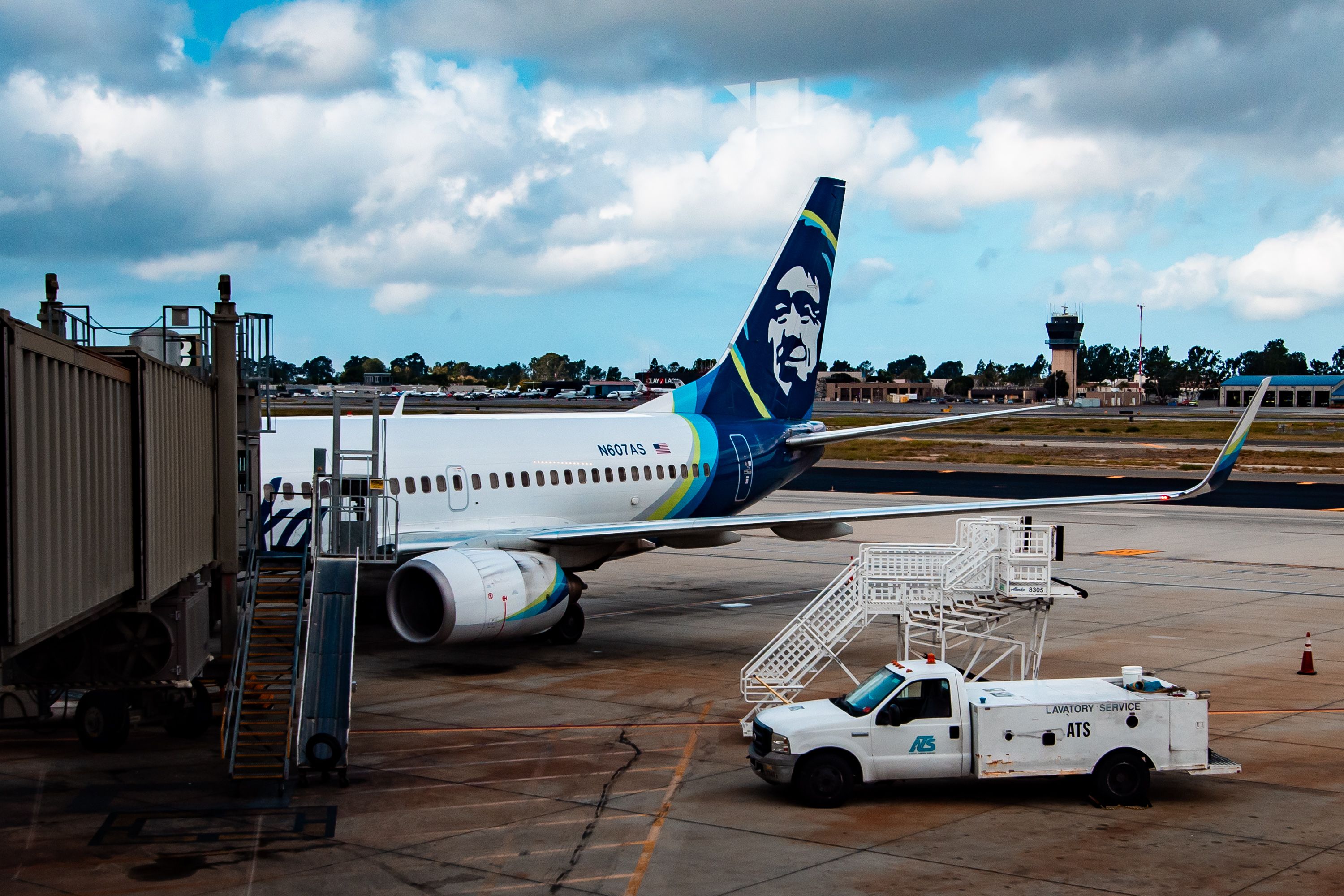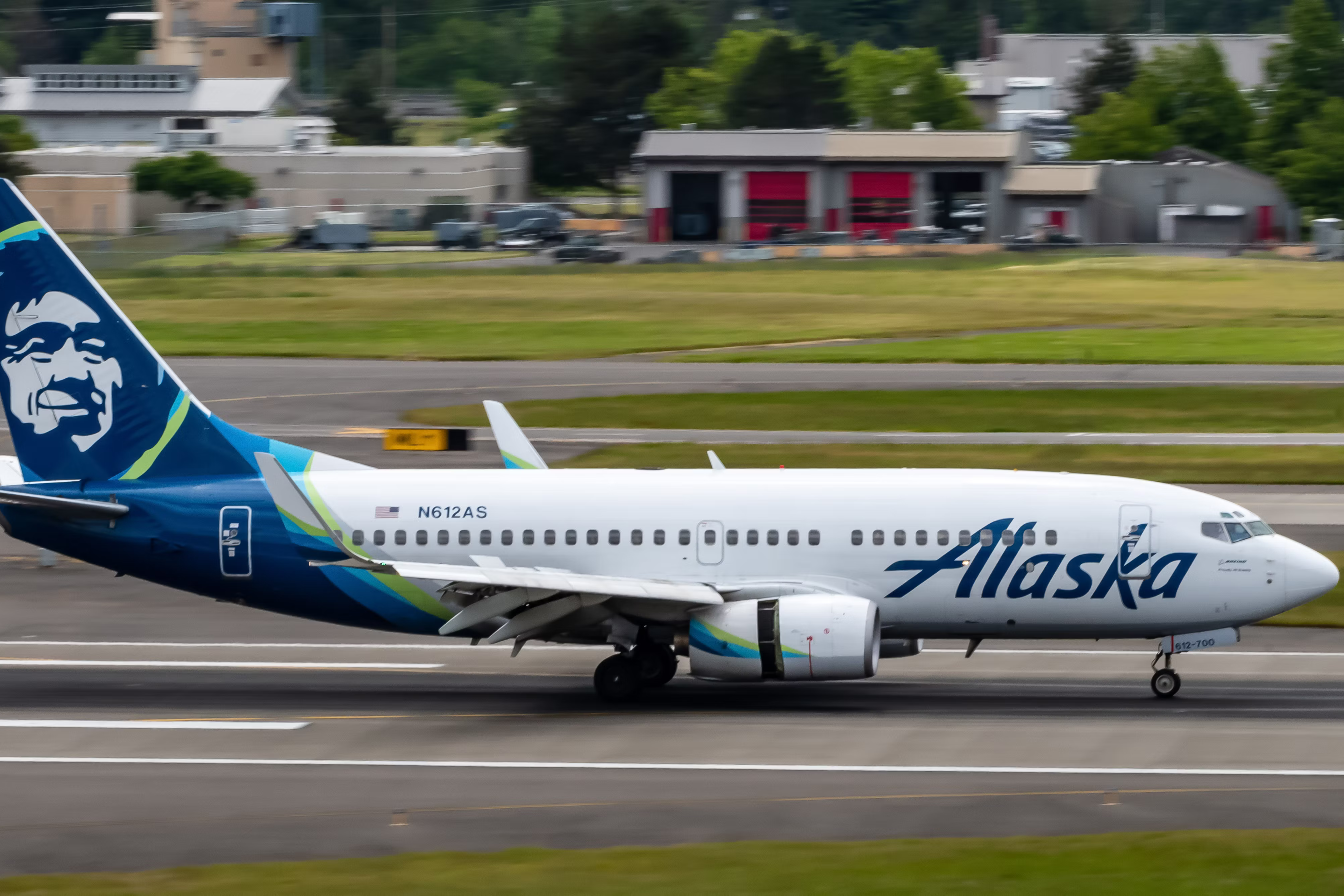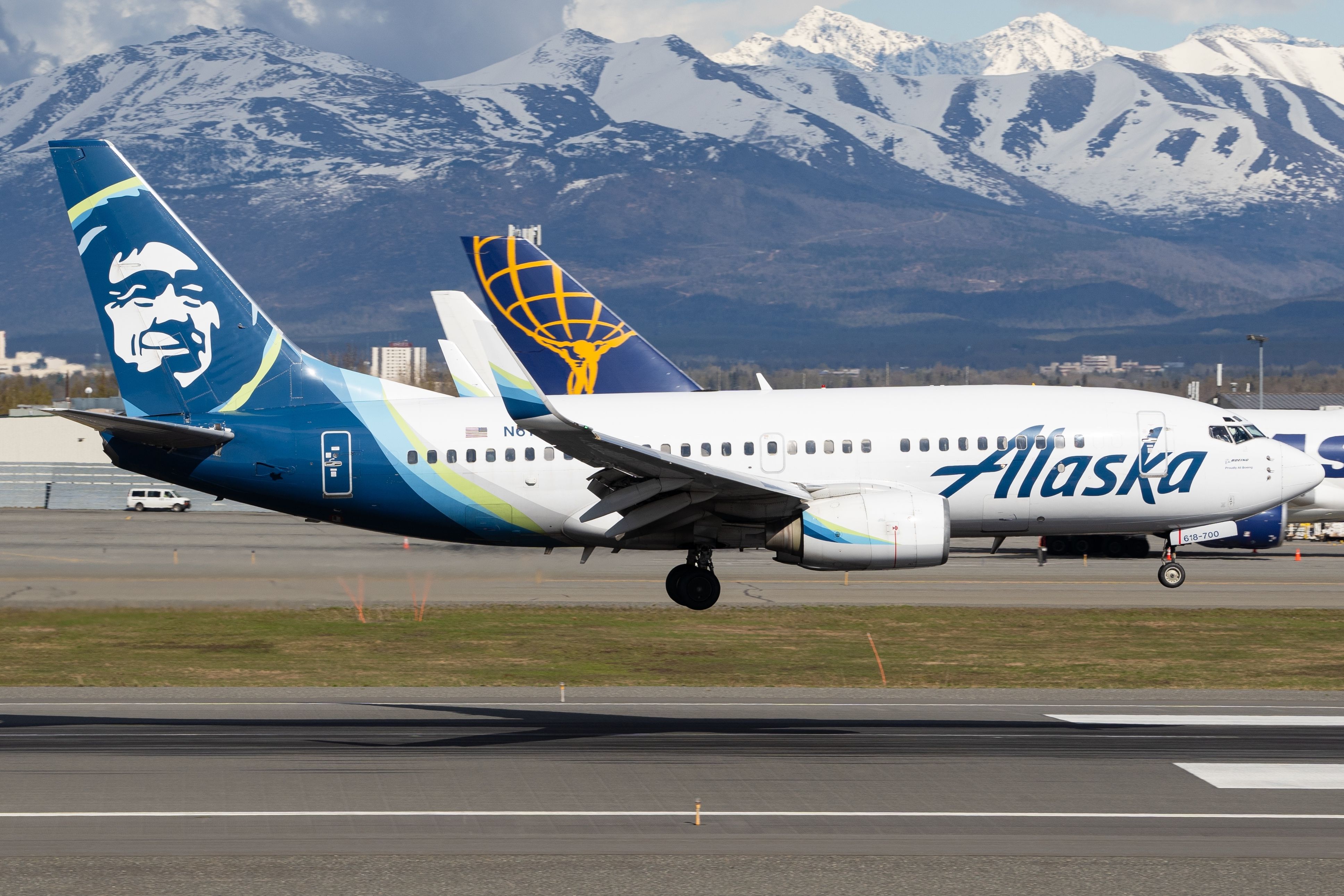Summary
- An Alaska Airlines Boeing 737-700, registered as N644AS, had to turn back to SEA while operating flight AS95.
- The flight began turning back to SEA while it was overflying Vancouver Island, British Columbia, Canada.
- Boeing delivered the aircraft to Alaska Airlines in 2003.
An Alaska Airlines Boeing 737-700 was forced to turn back to its origin airport as it was on its way to Juneau, Alaska, the United States. The single-aisle aircraft was operating flight AS95 and turned back to Seattle as it was overflying Vancouver Island, British Columbia, Canada.
Turning back to SEA
According to Flightradar24, the Boeing 737-700, registered as N644AS, was operating Alaska Airlines AS95 from Seattle Tacoma International Airport (SEA) to Juneau International Airport (JNU) on June 11. Having departed the airport at 23:07 local time (UTC -7), the flight was scheduled to arrive at JNU at 23:33 local time (UTC -8). While the nature of the incident remains unknown, with Simple Flying approaching Alaska Airlines for a comment about the carrier, the flight crew never squawked 7700, the general code for an onboard emergency.
Photo: Joe Kunzler | Simple Flying
However, the aircraft has remained out of service since it turned back to SEA on June 12 after spending around an hour and a half in the air. The airline has scheduled a flight from SEA to Anchorage Ted Stevens International Airport (ANC) with the airframe on June 14 and five additional itineraries on June 15.
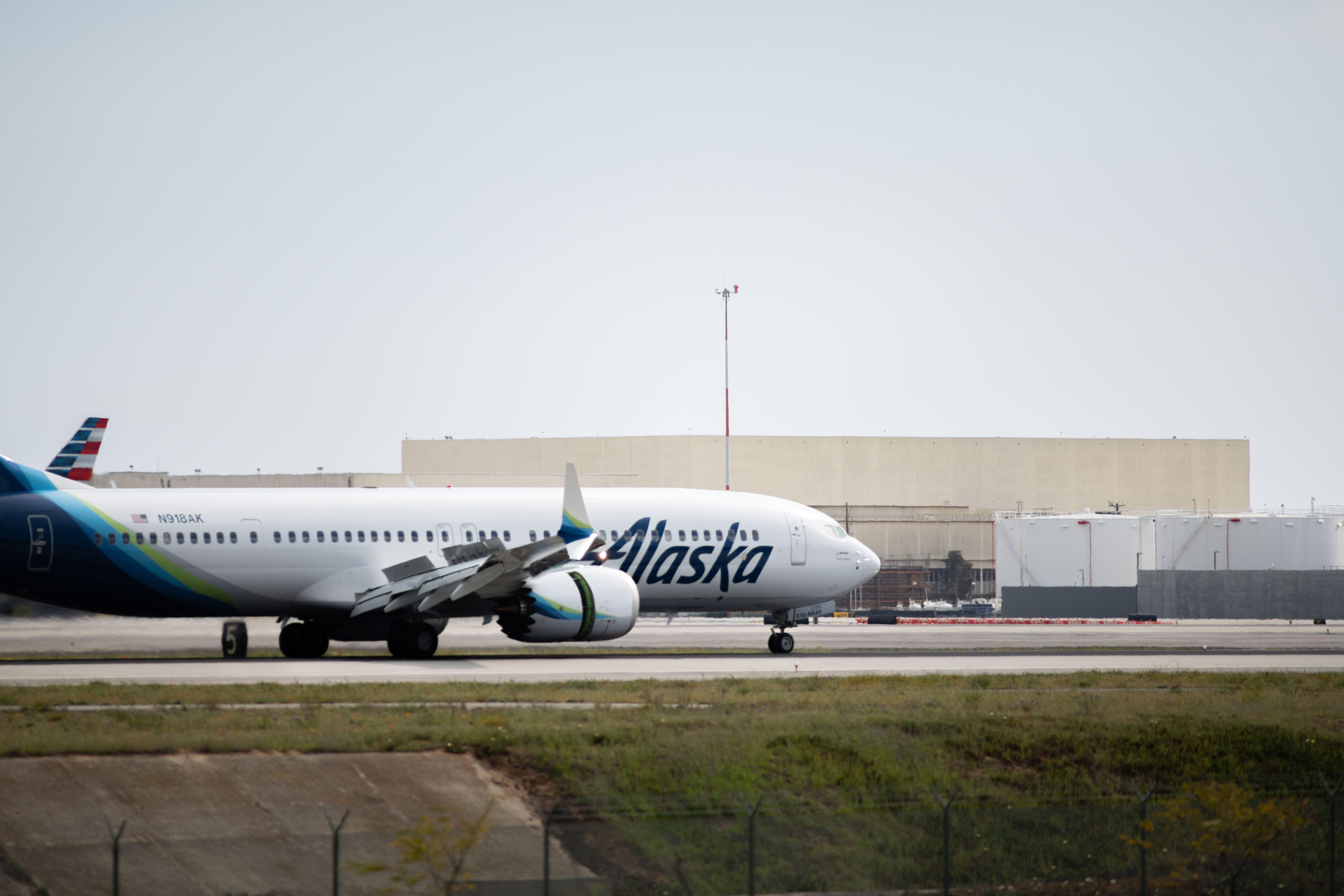
Related
Alaska Airlines Adds Around 1 Million Seats To Meet Summer Demand
Alaska Airlines is well prepared to handle the expected summer surge with more flights, new international destinations and lounge upgrades.
Incident history
According to The Aviation Safety Network, the Boeing 737-700 has been involved in two previous incidents. In February 2019, while operating Alaska Airlines flight AS155, N644AS hit a wing of a parked cargo aircraft while it was taxiing to the runway at Ralph Wien Memorial Airport (OTZ), resulting in the grounding of the aircraft.
Photo: Joe Kunzler | Simple Flying
In February 2024, the Boeing 737-700 suffered a bird strike on a flight between SEA and JNU while operating flight AS61. On the following day, the aircraft was flown to SEA using the unique flight code AS9810 and was moved to ANC using the special flight code AS9561.
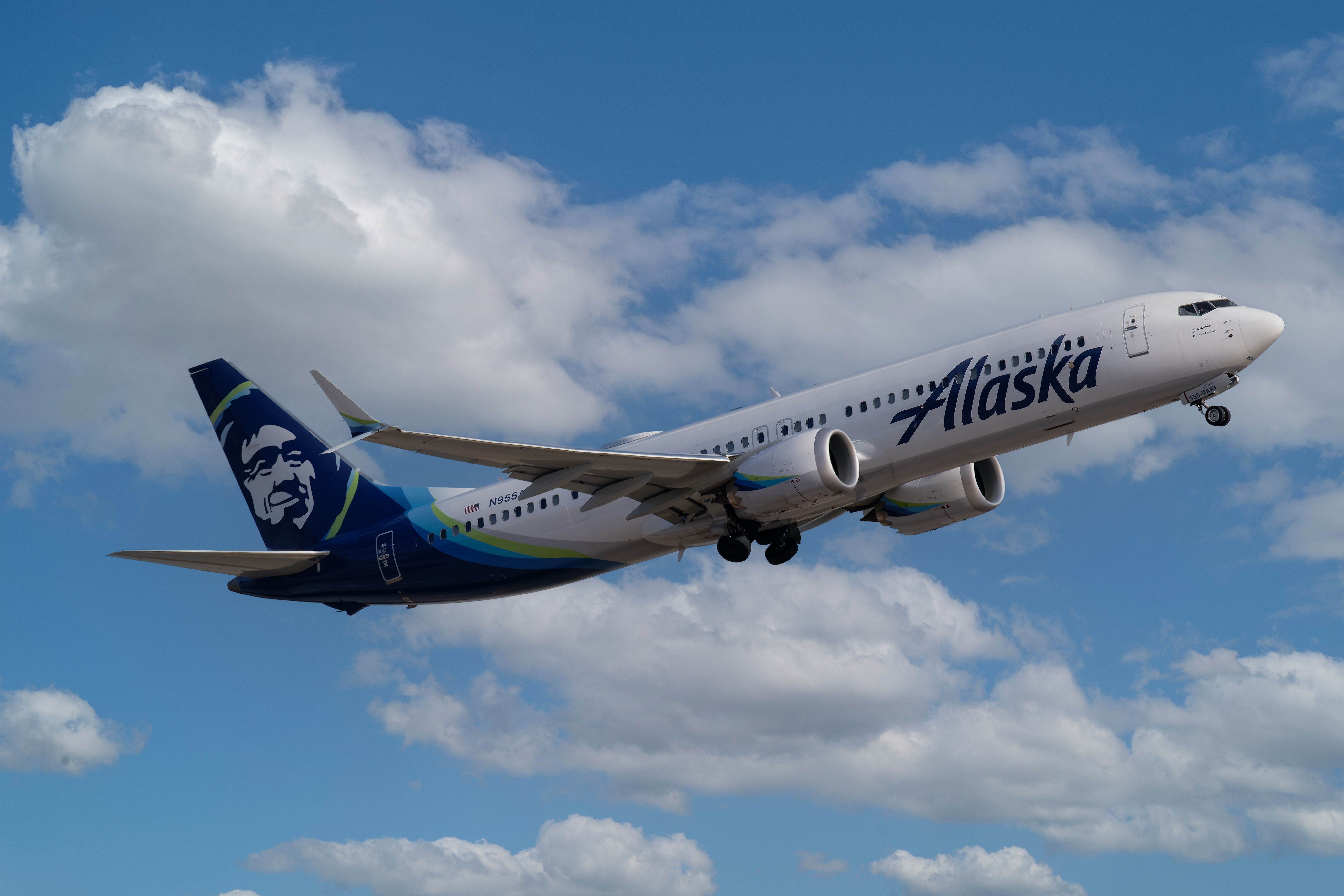
Related
Alaska Airlines Boeing 737 MAX 9 Returns To Portland Following Bird Strike
The aircraft returned safely to the airport and another 737 MAX 9 was dispatched to operate the flight.
Delivered in 2003
According to ch-aviation data, Boeing delivered the aircraft to Alaska Airlines on February 6, 2003, after the 737-700 operated its first flight on January 26, 2003. The site indicated that Alaska Airlines has configured the aircraft with 124 seats, split between 12 business, 18 premium economy, and 94 economy class.
Since being delivered to the SEA-based airline, the airframe had accumulated 62,047 flight hours (FH) and 33,465 flight cycles (FC) as of February 29, ch-aviation cited Boeing as the source of the FH and FC data. The former estimated that in March, April, and May, the aircraft had operated 189.41, 183.30, and 215.76 FHs, respectively, resulting in additional 146, 141, and 168 FCs.
Photo: GingChen | Shutterstock
In total, Alaska Airlines has 11 Boeing 737-700 aircraft. In June, Alaska Airlines has scheduled 370 weekly departures with the type, data from the aviation analytics company Cirium showed. According to the carrier’s Q1 2024 report, the airline plans to operate all 11 of its 737-700s at least until the end of 2026.
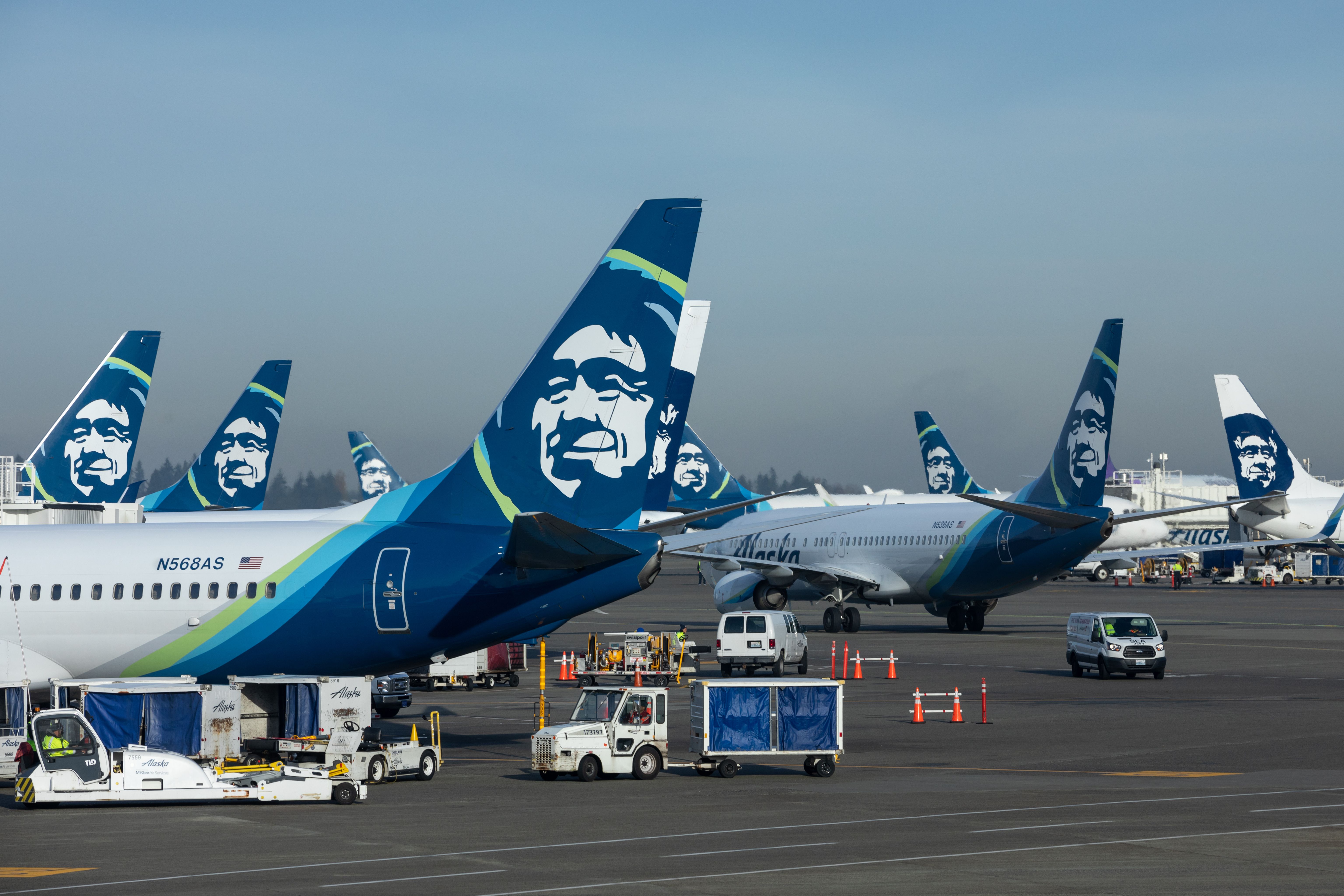
Related
Boeing Compensates Alaska Air Group $162 Million For 737 MAX 9 Incident Losses
The group’s CEO noted that despite the challenges, Alaska Airlines and Horizon Air performed above expectations during the quarter.

